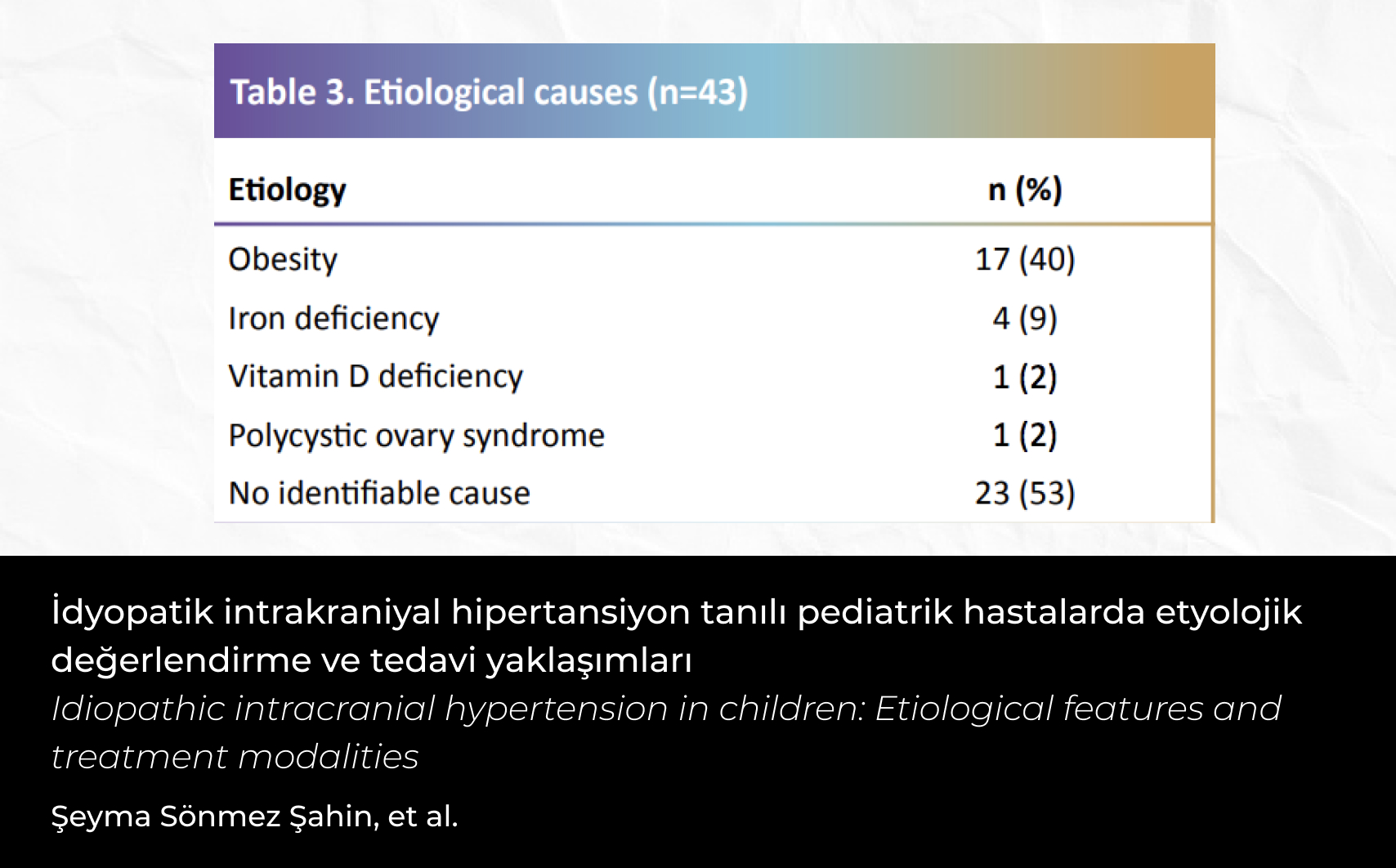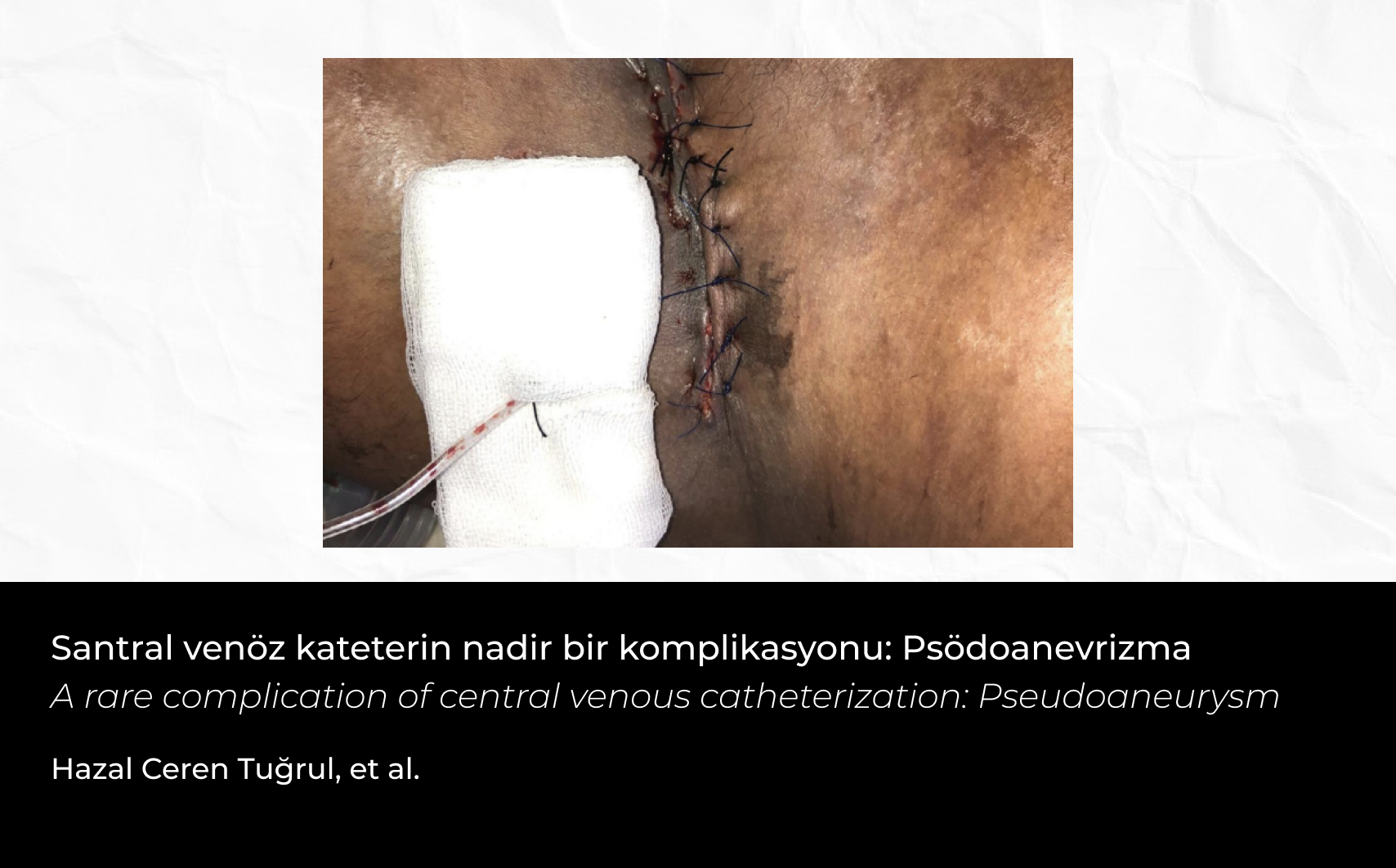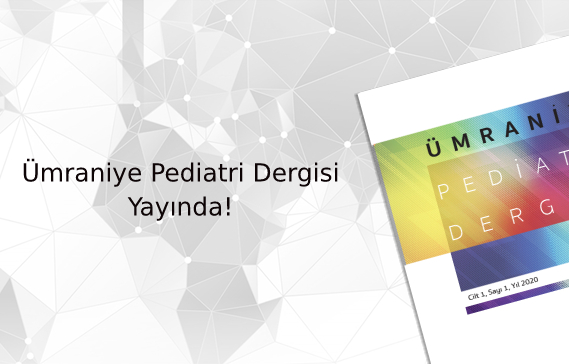2Sağlık Bilimleri Üniversitesi Ümraniye Eğitim Ve Araştırma Hastanesi, Çocuk Yoğun Bakım Kliniği, İstanbul
3Sağlık Bilimleri Üniversitesi Ümraniye Eğitim Ve Araştırma Hastanesi, Patoloji Kliniği, İstanbul
4Sağlık Bilimleri Üniversitesi Ümraniye Eğitim Ve Araştırma Hastanesi, Çocuk Romatoloji Kliniği, İstanbul
Özet
Amaç: Hemofagositik lenfohistiositoz (HLH) uzamış ateş, splenomegali, hipertrigliseridemi, hiperferritinemi ve hipofibrinojenemi ile karakterize çocukluk çağında nadir görülen bir hastalıktır. Primer ve sekonder HLH olmak üzere iki gruba ayrılır. Primer HLH ailesel hemofagositik lenfohistiositoz, genetik nedenli primer immun yetmezlikler nedeniyle genellikle infantil dönemde görülür. Sekonder HLH enfeksiyonlar, otoimmun hastalıklar ya da maliniteler ile ilişkilidir. HLH tablosuna neden olan hastalığın tespiti ve uygun tedaviye başlanması önemlidir. Çalışmamızın amacı sekonder HLH etyolojisinin saptanması ve prognostik faktörlerin öneminin vurgulanmasıdır.
Gereç ve Yöntemler. Çocukluk çağında sekonder HLH tanısı konulan hastalarımızın klinik, laboratuvar bulguları ve prognostik faktörler retrospektif olarak incelendi. İstatistik testler için SPSS versiyon 21.0 programı kullanıldı. Etik komite onayı (26.1.2021) alındı. Çalışmamız Helsinki Deklerasyon prensiplerine göre yapıldı.
Bulgular: Sekonder HLH tanılı 6 hasta incelendi. Yaşları 7 ay-16 yaş arasındaydı. Hastaların beşi erkek, biri kız çocuğuydu. Hastaların üçünde enfeksiyon, ikisinde malign hastalık tespit edilirken bir hastada romatolojik hastalık şüphesi mevcuttu. Tüm hastalarda ateş, sitopeni, ferritin >500 µg/L bulguları tespit edildi. Hastalara HLH 2004 protokolune göre immunsupresif tedavi başlandı.Malignite ile ilişkili HLH tanısı konulan bir hasta kaybedildi.
Sonuç: HLH nadir görülen bir hastalıktır. Açıklanamayan ateş, hepatosplenomegali olan olgularda hemofagositoz görülmese de HLH düşünülmelidir. HLH tanısı konulan hastaların sekonder nedenlere de bağlı olabileceği unutulmamalıdı
2Health of Science Umraniye Educational and Research Hospital Clinic of Pediatric Intensive Care Ünit, İstanbul
3Health of Science Umraniye Educational and Research Hospital Clinic of Pathology, İstanbul
4Health of Science Umraniye Educational and Research Hospital Clinic of Pediatric Rheumatology, İstanbul
Abstract
Objective: Hemophagocytic lymphohistiocytosis (HLH) is a rare disorder in children that are characterized by a persistent fever, splenomegaly with cytopenia, hypertriglyceridemia, and hypofibrinogenemia. HLH can be classified into two major forms: Primary HLH includes familial HLH and several primary immunodeficiencies, which exhibit genetic inheritance and usually occur in infancy. Secondary HLH (sHLH) is associated with infections, autoimmune disorders, or malignancies. It is essential to identify the disorders underlying HLH and provide the disorder appropriate treatment. The main objectives of this study were to identify the etiology of sHLH and prognostic factors.
Material and Methods: We retrospective analyzed clinical and laboratory findings as well as prognostic factors for our pediatric patients diagnosed with sHLH. All statistical tests were performed using the Statistical Package for the Social Sciences (SPSS, Chicago, USA) version 21.0. Ethics committee approval (January 26, 2021) was obtained for the study. Our study was conducted by the principles of the Declaration of Helsinki.
Results: Our patients had Epstein–Barr virus, tuberculosis infection, Hodgkin lymphoma, and desmoplastic small round cell tumor. Six pediatric patients with sHLH were identified. Age ranged from 7 months to 16 years. There were five males and one female patient. Three patients were triggered by infection, two cases were triggered by malignant disease and one patient was suspected of rheumatic disease. All patients fulfilled the criteria fever, cytopenia, and ferritin >500 µg/L. The patients started immunosuppressive therapy according to the HLH-2004 protocol. Only one patient (malignancy-associated HLH) died.
Conclusions: Although HLH is a rare disease, clinicians should be aware of its existence and actively pursue appropriate diagnostic tests in all children suffering from unexplained fever, cytopenias, and/or hepatosplenomegaly, regardless of whether hemophagocytosis is observed or not. It should be remembered that patients diagnosed with hemophagocytosis may have another underlying disease






 Suar Çakı Kılıç1
Suar Çakı Kılıç1 





